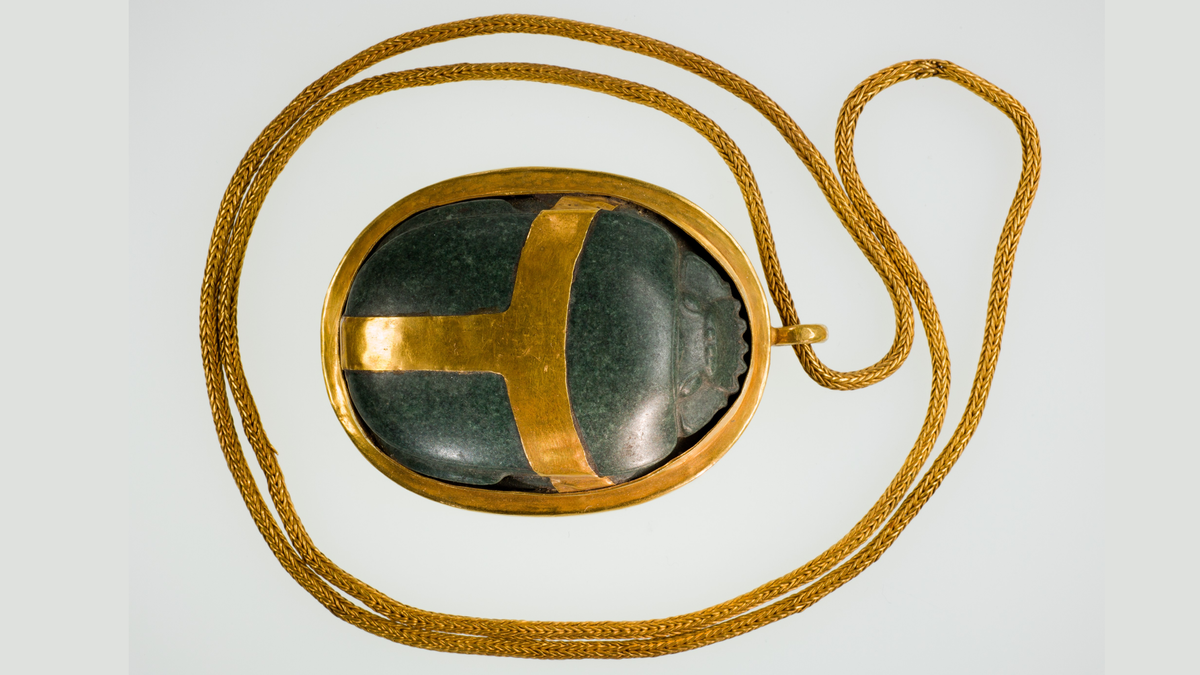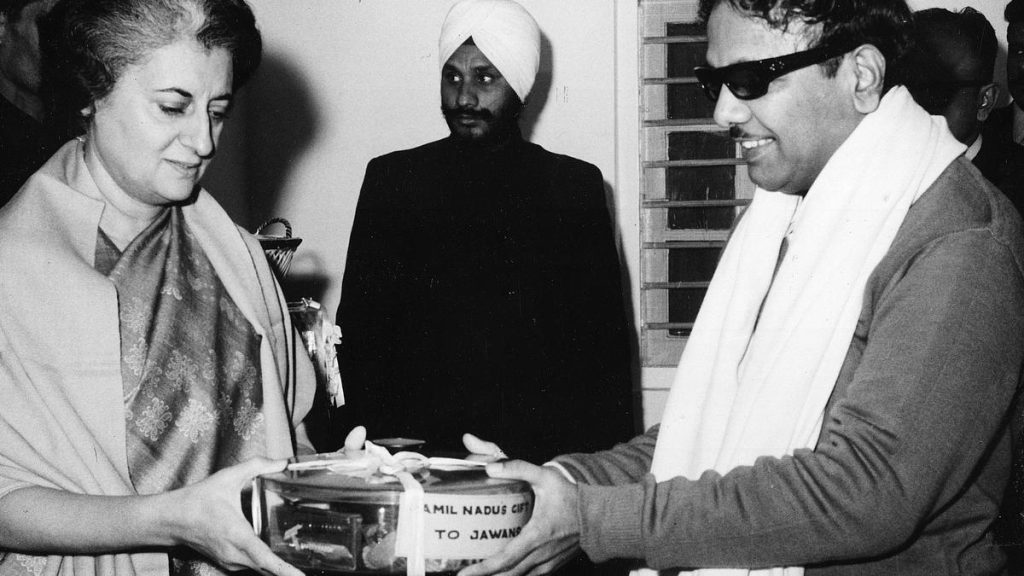Now Reading: Hatnefer’s Gold Necklace: Ancient Egyptian Relic Inscribed with the Book of the Dead
-
01
Hatnefer’s Gold Necklace: Ancient Egyptian Relic Inscribed with the Book of the Dead
Hatnefer’s Gold Necklace: Ancient Egyptian Relic Inscribed with the Book of the Dead

Speedy Summary:
- Artifact Name: Hatnefer’s Heart Scarab
- Material: Gold and serpentinite rock
- Origin: Thebes (modern-day Luxor), Egypt
- Creation Date: Approximately 1473 B.C.
- Finding Details: Found in Hatnefer’s tomb during excavation in the 1930s, now displayed at The metropolitan Museum of Art, New York City.
- Description: A scarab-shaped amulet measuring 2.6 inches long and suspended on a 30.5-inch gold chain. It contains inscriptions from the Book of the Dead related to heart weighing rituals that were intended for passage to the Egyptian underworld.
- Key Observations:
– Amulet was not originally made for Hatnefer; her name replaced older text on it’s inscription.
– Inscription reflects beliefs about the weighing of hearts by Ma’at, goddess of truth, determining entry into the afterlife.
– Hatnefer’s wealth and status are evidenced by other high-value items found in her tomb such as mirrors, cosmetics, silver/bronze items, and fine linen.
Related Commentary: Includes translated script engraved on amulet expressing spiritual concerns regarding judgment after death.
Indian Opinion Analysis:
The discovery of artifacts like Hatnefer’s Heart scarab offers significant insights into ancient civilizations like Egypt – their beliefs surrounding life after death, societal hierarchies based on wealth or gender roles (e.g.,”Mistress of House”),and artistic craftsmanship around sacred iconography like scarabs. India’s own rich history with archaeological treasures parallels Egypt’s ability to preserve cultural narratives through material remains.
For India specifically-while it is geographically unrelated-the notion resonates with Indian philosophies around karma influencing one’s journey beyond mortal life as often reflected in Hindu or Buddhist traditions. Comparatively examining such relics underscores shared human concerns over mortality across ancient societies globally.
India can look towards such discoveries as benchmarks for preservation practices needed for showcasing its own historical riches while embracing collaborative exchanges between global museums fostering cultural appreciation without boundaries.
For further exploration: Read More


























